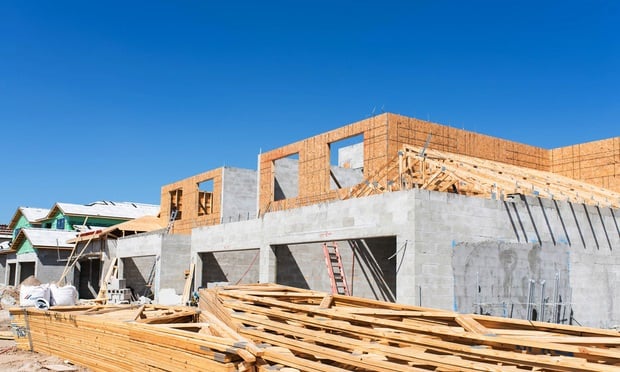SAN FRANCISCO—Futurist Paul Saffo, chair of the future studies and forecasting track at Singularity University, closed the ULI Fall Meeting with insights on the exponential growth in technology, capping a week of discussions on how it is affecting all aspects of urban design and development. In the time it takes to construct a building, technology is created, becomes outdated and is repeatedly updated, which poses a daunting challenge for developers attempting to respond to current and even future market demands. Saffo's advice for land use professionals: when it comes to technology, don't try to be the change, rather, adapt to it.
"There are two types of technology—the technology that has not been introduced yet, and the technology that is obsolete," said Saffo. "I would avoid putting intelligence in buildings unless you can yank it out."
Saffo's comments set the stage for a discussion by Michael Covarrubias, chairman and chief executive officer of TMG Partners, and Daniel McQuade, chief executive of Tishman Construction Corporation with Patrick Phillips, ULI's global chief executive officer, as the moderator.
"The speed at which companies are evolving is a real issue for developers," Covarrubias said. "We think of tenants as short-term investments. We try to build buildings that are flexible, that are as ubiquitous to as many as we can. We want to make sure buildings are reusable, that we don't overcapitalize them in ways that have no future use."
McQuade pointed out that while some aspects of the development industry—such as design and communications—have become more efficient because of technology, the actual building process has not advanced much during the past 30 years.
"I am hopeful we will see more change in this area," he said. Driverless auto technology could lead to driverless equipment, he noted, creating much safer working conditions on construction sites, expediting construction and lowering construction costs.
The flexibility of buildings is a "tough one," McQuade said. "When I look back on conversations we had five, 10 years ago about potential uses of buildings, it is ludicrous how off we were. The ability to predict users and technology 10 years from now is very tough. You can be flexible for change, but to know what that change will be—that's impossible."
"Maybe we are trying too hard," Phillips said. "Maybe what we need to think about is universal building prototypes that can adapt to lots of different uses over time."
Despite the challenges posed by technology unknowns, this era of rapid change offers abundant opportunities for the real estate industry, panelists noted.
"I love the new world of disruptive technology. Disrupters are going to get disrupted; it's a continuing flow. And that means companies have a reason to grow. It's good for the economy. The whole concept of technology as a feeder to an industry that wants to build—that is what I find most exciting," Covarrubias said.
"The dynamic systems in buildings now, the energy efficiency—buildings are better for the occupants, they work better, they are more sophisticated, and I think we are on that upside of that trend," McQuade said.
© 2025 ALM Global, LLC, All Rights Reserved. Request academic re-use from www.copyright.com. All other uses, submit a request to [email protected]. For more information visit Asset & Logo Licensing.





